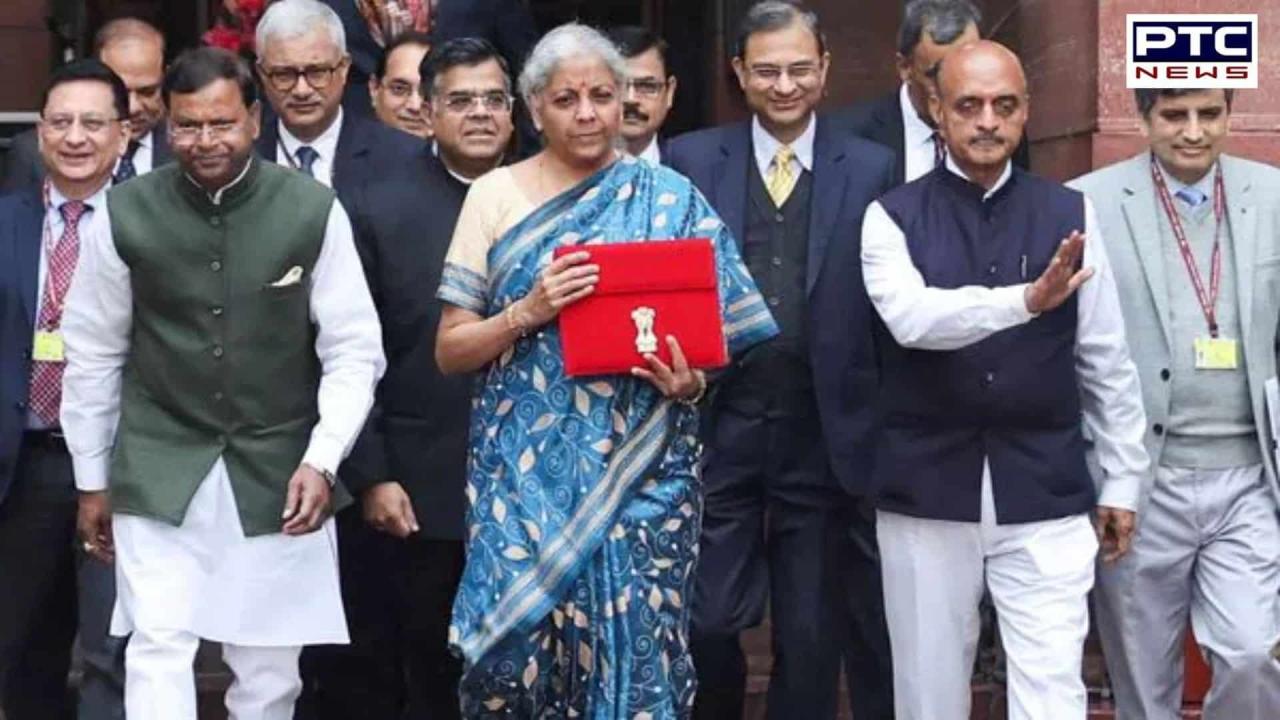- April 3, 2025
- Updated 2:22 am
Union Budget 2024: 5 key expectations in the changing market dynamics
PTC News Desk: This looks to be the summer of sport, with the Olympics, the Euros, Cricket T20, and the UK and France holding elections, as well as the thrilling lead-up to the US elections. The Union Budget will be the next major event in India after the election. First impressions indicate that this opposition is the strongest in ten years.
Furthermore, even if the coalition government has a sizable majority, choices made regarding the budget are expected to take these several state elections into consideration. The budget is anticipated to include both growth and populist initiatives in response to this. Among the expectations’ principal aspects are:
Advancement of DPI
India has made remarkable strides in the field of digital public infrastructure (DPI). It is anticipated that sustained investments in programmes such as Aadhaar, which provides digital identity, and UPI, which facilitates digital payments, would help close the digital divide, empower more people, and stimulate the economy.
In an effort to strengthen India’s standing as a major global IT hub, expectations for funding for cybersecurity, AI, and digital infrastructure have increased. Incentives to promote investments in start-ups and cutting-edge technologies are probably in place, supporting the idea of a society empowered by technology.
Balancing growth-oriented measures with populist policies
An increase in subsidies and allocations to industries including healthcare, housing, infrastructure, and education is predicted in light of the approaching state elections in Haryana, Maharashtra, Jammu & Kashmir, and Jharkhand. Agriculture, which has always benefited greatly from subsidies, will probably continue to receive more funding.
In the technology and infrastructure sectors, growth-oriented policies with an emphasis on financial inclusion are anticipated. Large-scale initiatives like urban development, railroads, and highways can stimulate economic expansion and employment creation.
AI research and digital payments may receive backing from the technology industry. Increased banking services and microfinance programs have the potential to improve financial inclusion and encourage wider economic engagement.
In order to combat unemployment and the economic slowdown, populist policies may include initiatives for the immediate creation of jobs, the construction of infrastructure, and economic stimulation. To ease rural suffering, further assistance is anticipated for the agricultural sector.
Initiatives aimed at creating jobs are expected to play a major role, with an emphasis on healthcare and education. These may involve the establishment of new facilities and more financing for easily available services.
Manufacturing sector
Infrastructure and the manufacturing sector profited from the large increase in capital investment in the previous budget. It is projected that additional investments in infrastructure and logistics will enhance supply chains and lower costs for industrial firms. The finance minister may include initiatives to boost India’s industry and supply chain in Budget 2024.
This is in line with India’s strategic objective of becoming the world’s premier manufacturing hub. These actions need to foster an atmosphere that will support the manufacturing sector’s continued expansion and make it a desirable long-term investment choice.
Fiscal management and deficit reduction
By 2025–2026, the government hopes to lower the fiscal deficit to 5.1% of GDP by increasing tax revenues, promoting economic growth, and optimising spending.
As fiscal restraint is strengthened, this could result in a more stable macroeconomic environment, higher investor confidence, lower interest rates, and better market performance.
Also Read: Global Microsoft Outage: Airline issues handwritten boarding passes due to Microsoft outage
Corporate tax rates and incentives
Potential changes to the 15 per cent corporate tax rate for newly established manufacturing facilities could encourage investment and industrial expansion.
Furthermore, it is projected that more expansive Production-Linked Incentive (PLI) programs would spread throughout several industries, offering incentives to businesses to increase their local output and improve their competitiveness internationally.
Anticipating the Union Budget, we anticipate a careful balancing act between required populist measures and growth-driven policies. The emphasis on financial restraint, digital infrastructure, and assistance for startups and manufacturing is indicative of a multifaceted strategy for promoting sustainable economic development.
These areas of concentration could offer a clear indication of the government’s goals in guiding the nation’s economic trajectory ahead, even though the precise allocations and policy choices will shortly be made public.
Recent Posts
- Crown of goddess Kali, gifted by PM Modi, stolen from temple in Bangladesh
- Hezbollah leader survives assassination attempt amid Israeli strikes that kill 22 in Beirut
- ਕ੍ਰਿਕਟ ਦੇ ਬਦਲੇ ਨਿਯਮ, ਹੁਣ ਇਸ ਕੇਸ ‘ਚ ਦੁਬਾਰਾ ਨਹੀਂ ਮਿਲੇਗੀ ਬੈਟਿੰਗ, ਮੰਨਿਆ ਜਾਵੇਗਾ
- ਸਚਿਨ ਤੇਂਦੁਲਕਰ ਦੇ ਬਰਾਬਰ ਪਹੁੰਚੇ ਜੋ ਰੂਟ, ਪਰ ਵਿਰਾਟ ਦੇ ਇਸ ਰਿਕਾਰਡ ਤੋਂ ਅਜੇ ਵੀ ਦੂਰ
- Ratan tata death: ਸਿਰਫ ਵੋਲਟਾਸ ਹੀ ਨਹੀਂ, ਸਵੇਰ ਤੋਂ ਰਾਤ ਤੱਕ ਤੁਹਾਡਾ ਕੰਮ ਟਾਟਾ ਦੇ ਬਿਨਾਂ ਨਹੀਂ ਚੱਲ ਸਕਦਾ
